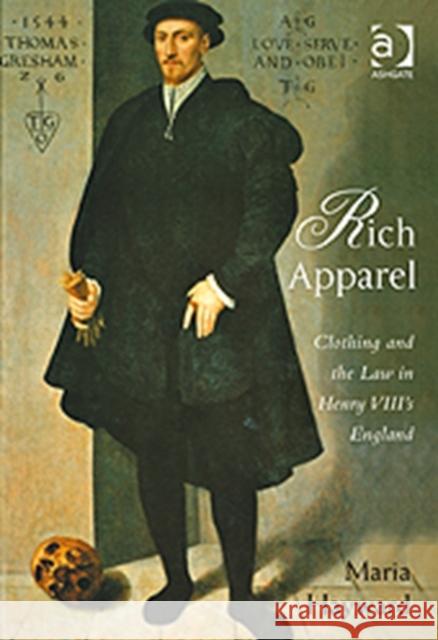Rich Apparel: Clothing and the Law in Henry VIII's England » książka
Rich Apparel: Clothing and the Law in Henry VIII's England
ISBN-13: 9780754640967 / Angielski / Twarda / 2009 / 448 str.
English dress in the second half of the sixteenth century has been studied in depth, yet remarkably little has been written on the earlier years, or indeed on male clothing for the whole century. The few studies that do cover these neglected areas have tended to be quite general, focusing upon garments rather than the wearers. As such this present volume fills an important gap by providing a detailed analysis of not only what people wore in Henry's reign, but why. The book describes and analyses dress in England through a variety of documents, including warrants and accounts from Henry's Great Wardrobe and the royal household, contemporary narrative sources, legislation enacted by Parliament, guild regulations, inventories and wills, supported with evidence and observations derived from visual sources and surviving garments. Whilst all these sources are utilised, the main focus of the study is built around the sumptuary legislation, or the four 'Acts of Apparel' passed by Henry between 1509 and 1547. English sumptuary legislation was concerned primarily with male dress, and starting at the top of society with the king and his immediate family, it worked its way down through the social hierarchy, but stopped short of the poor who did not have sufficient disposable income to afford the items under consideration. Certain groups - such as women and the clergy - who were specifically excluded from the legislation, are examined in the second half of the book. Combining the consideration of such primary sources with modern scholarly analysis, this book is invaluable for anyone with an interest in the history of fashion, clothing, and consumption in Tudor society.











